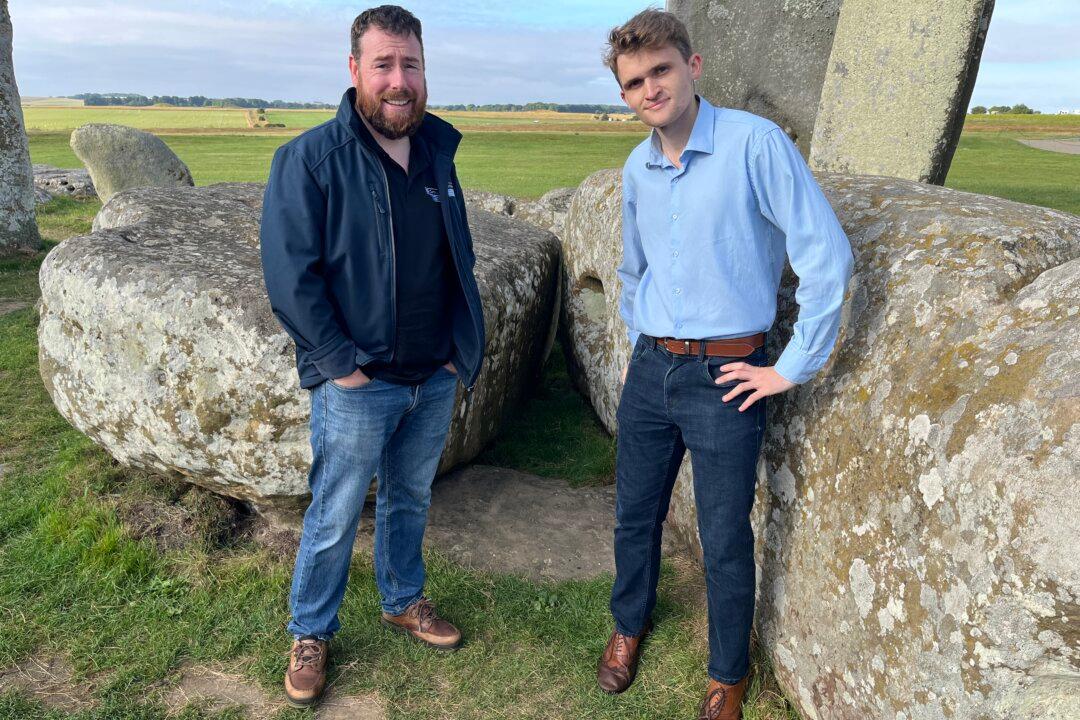Researchers from Western Australia’s Curtin University has suggested that the ancient stone circle of Stonehenge—the massive six-tonne altar stone—thought to have originated in Wales, actually came from Scotland.
Scientists from the Timescales of Mineral Systems Group—part of Curtin’s School of Earth and Planetary Sciences—said analysis of the age and chemical composition of minerals found within fragments of the altar stone matched it with rocks from northeast Scotland, while also clearly differentiating them from Welsh bedrock.






